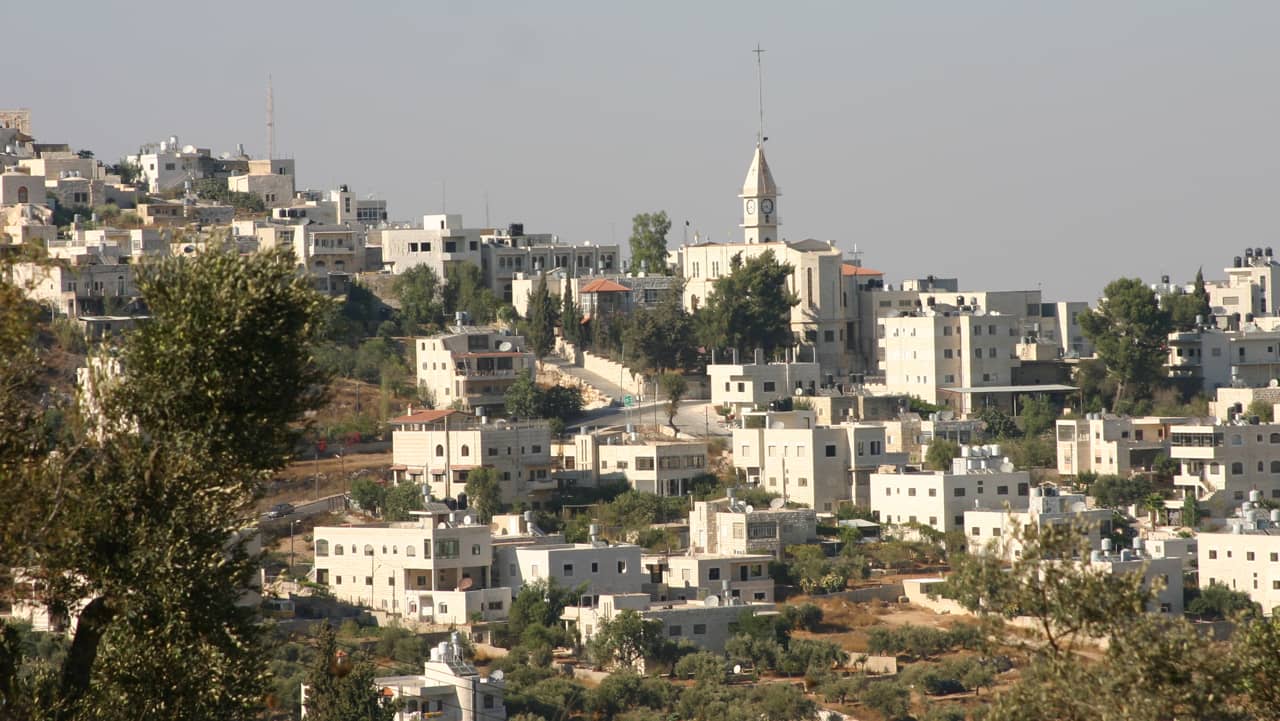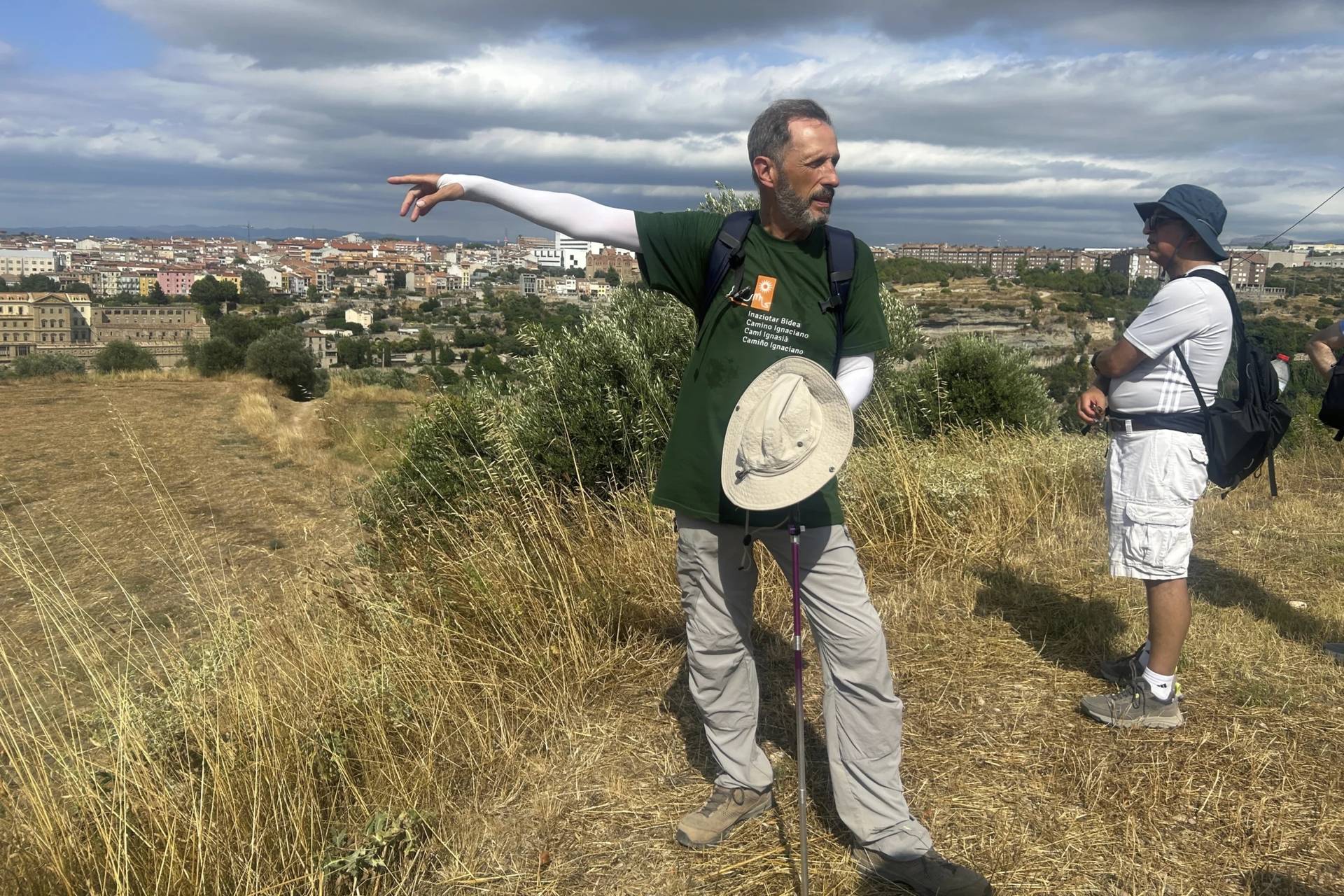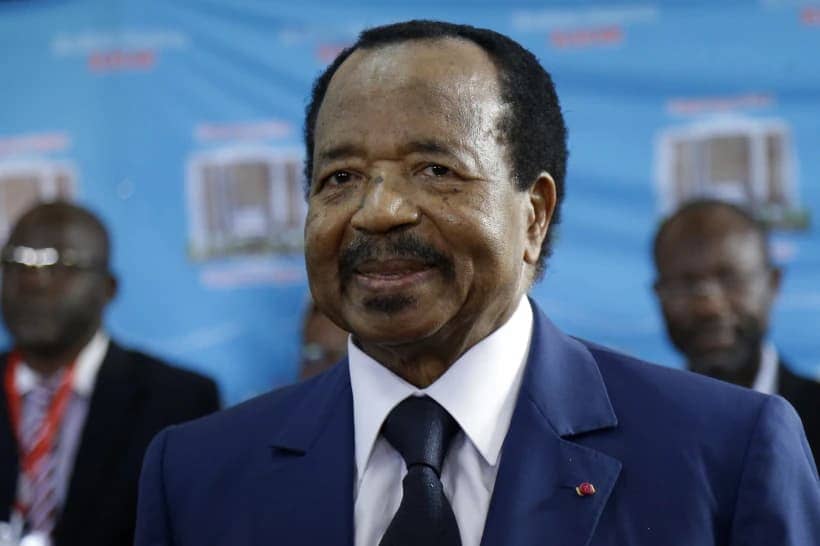ROME — Pope Francis exudes a drive that would put the Energizer Bunny to shame, and the week that just closed is a classic example of his activist spirit, from taking a strong stand against gay marriage to changing Church rules to allow women and girls to take part in a Holy Thursday foot-washing ritual.
As a result, there are at least four other stories that in any other period would have made headlines, but which, in the rush of other activity, more or less got lost.
Those stories, which deserve their moment in the sun, are:
- The recognition of three new saints
- Blessing lambs on the feast of St. Agnes in a centuries-old ceremony
- A new papal signal of commitment to ecumenism, meaning the press for Christian unity
- A strong statement in defense of migrants and refugees
One of the new saints recognized by Francis this week is a 17th-century Polish priest and founder of the first men’s religious order in Poland named Stanislao di Gesù Maria. With no disrespect, however, two other sainthood candidates from Latin America propelled forward by the pope carry even greater significance.
One is Giuseppe Gabriele del Rosario Brochero, known simply as “Cura Brochero.” It’s only fitting that it would be history’s first pope from Argentina who would get to recognize the first saint from his own country.
This “Gaucho” saint, who served the poor in Cordoba, Argentina, in the late 1800s and early 1900s, embodies Francis’ idea of a good priest.
On Sept. 2013, when Brochero was declared blessed, the pope sent a letter to the president of the Argentine Bishops Conference, Archbishop Jose Maria Arancedo. In it, Francis highlighted his joy that “this shepherd who had the smell of his sheep” was moving a step closer to becoming a saint.
For more than five decades, Brochero traveled around the province of Cordoba on the back of a mule, building church schools and opening roads between the mountains.
He tended the sick during a cholera epidemic in 1867, and later in his life, he contracted leprosy. Although there’s no formal record, some observers claim he got it from sharing mate (a tea-like beverage Francis is often seen accepting in St. Peter’s Square) with those already ill.
On Friday, during a meeting with Italian Cardinal Angelo Amato, prefect of the Congregation for the Causes of Saints, Francis also approved the decree of canonization for a second saint from the global south: José Sánchez del Río of Mexico.
He’s far from being the first saint his country has produced, but the martyrdom of this 14-year-old boy old during Mexico’s bloody Cristero war in 1914 rings close to the reality of present-day Christian persecution.
The process to declare someone a “martyr” normally takes years, as there are several issues to be considered, but every time the Catholic Church recognizes one, it resonates with the thousands of Christians around the world in danger of being killed in odium fide, meaning “in hatred of the faith.”
Although numbers vary, conservative statistics put the toll of Christians killed for refusing to renounce their faith at several thousand per year.
* * * * *
Next up was the pope’s annual blessing of two small lambs on the feast of St. Agnes Thursday.
Come summer, in keeping with tradition, those lambs will be shorn and their wool will be entrusted to a cloistered community of Benedictine sisters at the Basilica of St. Cecilia in Rome, who will use it to weave several palliums.
A pallium is a white stole with six black crosses worn by archbishops as a symbol of their authority and their unity with the pope. After they’re woven, the palliums are kept in an urn at the tomb of St. Peter in a crypt under St. Peter’s Basilica until the feast of Sts. Peter and Paul, when they will be blessed by Francis and presented to newly appointed archbishops around the world.
Until last year, archbishops traveled to Rome for this ceremony. Francis, however, modified the pallium ceremony to allow archbishops to receive it in their own diocese.
The two small lambs, traditionally less than a year old, were blessed by Francis in the Chapel Urban VIII, located within the Vatican’s Apostolic Palace.
The feast commemorates the story of St. Agnes, who according to tradition was killed in the 4th century at a young age for refusing to worship pagan gods. In Latin, her name means “lamb,” which is the reason why she’s usually depicted holding one.
In truth, the name comes from a Greek word that means “chaste, pure, sacred.” As the patron saint of chastity, girls, engaged couples, and rape survivors, Agnes is one of seven women, including the Virgin Mary, who’s commemorated by name during the Catholic Mass.
* * * * *
Francis also gave a boost to the cause of Christian unity.
On Wednesday, as news broke of the Vatican sheltering a woman who had given birth at the door of St. Peter’s Square, Francis dedicated his public audience to the annual Week of Prayer for Christian Unity, saying it’s an invitation to “reflect on, and bear witness to, our unity in Christ as God’s people.”
He also said that “no one is excluded from God’s mercy,” and prayed for Christians to grow in that unity “which is greater than what divides us,” adding, “Together, may we respond to his call to share with others, especially with the poor and forgotten of our world, the gift of divine mercy which we ourselves have received.”
The Jan. 18-25 week of prayer is celebrated every year by Catholics, Protestants, and Orthodox around the world.
* * * * *
Finally, Francis dedicated his Sunday Angelus prayer last week to migrants and refugees.
“Dear migrants and refugees, each one of you carries a story, a culture, precious values; and unfortunately often experiences of poverty, oppression and fear,” the pope said.
“Your presence in this square,” Francis continued, “is a sign of hope in God.”
In the crowd were 5,000 migrants from different nations gathered in St. Peter’s Square to listen to Francis’ message before entering St. Peter’s Basilica to participate in a Mass celebrated in their honor.
The group carried a cross made from the wood of wrecked migrant boats crafted on the Italian island of Lampedusa, one of the main points of entry to Europe for people fleeing war, persecution, and starvation in Africa and the Middle East.
Communion hosts for the Mass, which was led by Italian Cardinal Antonio Veglio, were made by three prisoners serving sentences for murder in a high-security prison near Milan.
















